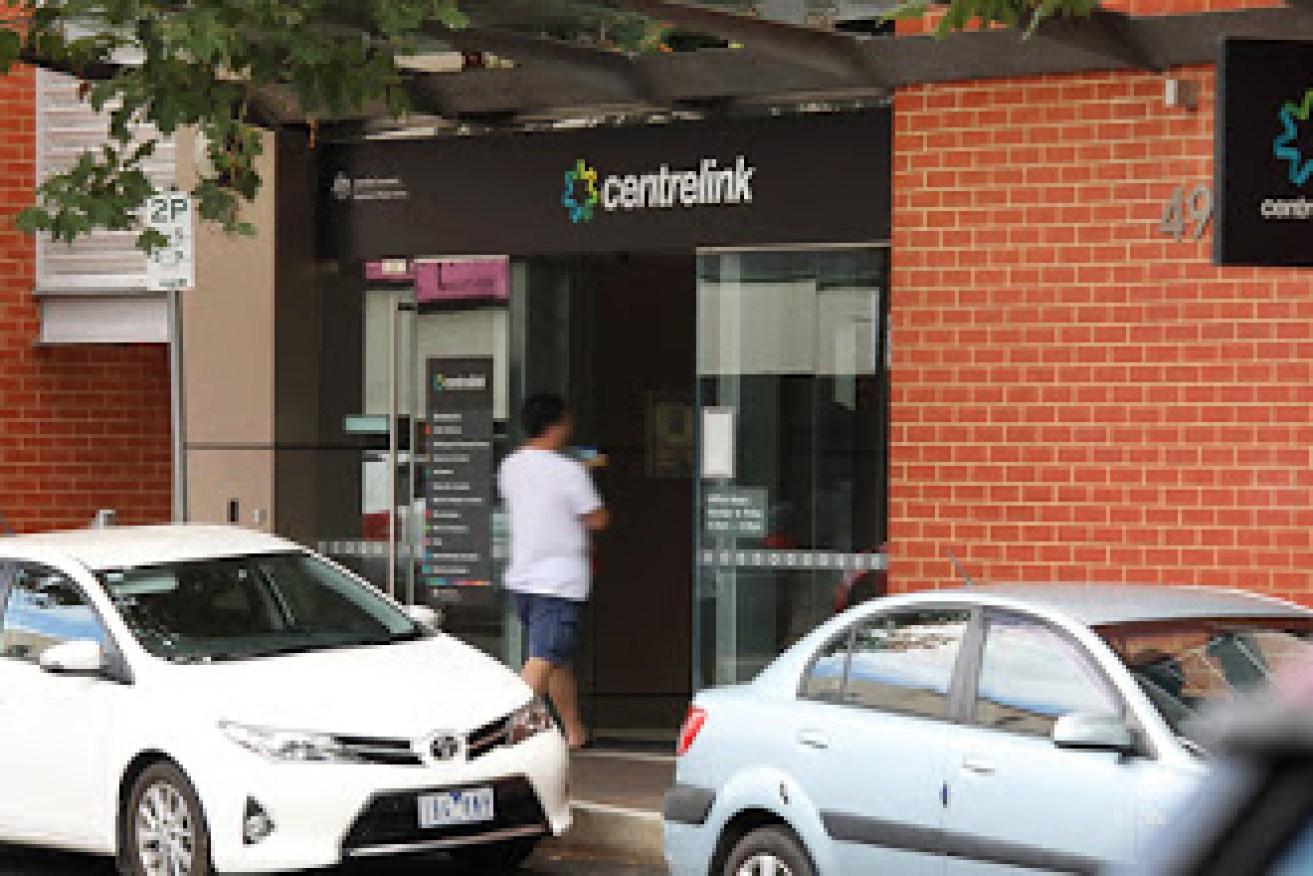SA jobless rate to remain high, says economic study
South Australia is likely to be stuck with high unemployment for some time with a new report predicting minimal jobs growth over the next two years and weakening economic growth.

Jobs growth in SA is likely to be weak for the next two years, says SACES. Photo: Tony Lewis/InDaily
The University of Adelaide’s Centre for Economic Studies says the closure of car maker Holden is about to hit, and there are few major projects on the immediate horizon.
Employment conditions in South Australia are worse than might be hoped, despite modest growth in household spending and public sector investment, the centre says.
In its first economic briefing report for 2017, SACES predicts employment to grow by only 0.75 per cent in the 2017/18 financial year, and by 0.75 per cent in 2018/19.
While this is sufficient to keep up with population growth, it’s not strong enough to make any impact on South Australia’s unemployment rate, which is the highest in the nation.
“While business investment in South Australia has improved over the past year, outcomes vary across asset categories and industries,” said SACES director Michael O’Neil.
“Investment in machinery and equipment, intellectual property products such as research and development and mineral exploration, and agricultural resources has risen, while investment has fallen for non-dwelling buildings and engineering construction.
“There are signs that economic conditions in South Australia’s main trading partners are improving, and spending in South Australia has accelerated. But job losses at GM-Holden and associated suppliers are holding back statewide employment. In addition, the timing of transitions between large defence contracts is also unfavourable for the near-term employment outlook. For these reasons we expect weaker economic growth next year.”
The report says employment conditions in South Australia are worse than might be hoped.
“South Australia’s employment growth has come to a halt in 2017, and the unemployment rate has risen. Unfortunately, forward indicators don’t hold out much prospect of improvement through the rest of 2017,” O’Neil says.
“So while there are some encouraging developments in the state’s economy, there are not enough of them to overturn this rather downbeat view.”
Factors that have undermined growth include a surge in imports and a decline in population growth to its lowest levels in more than a decade.
A return to healthier growth would need to be underpinned by “many successes at the smaller scale”, rather than one or two big projects.
“The businesses that can deliver this growth are in an open economy and now have a relatively low reliance on protective trade policies. This means they will need to compete directly with overseas suppliers for markets and for investment.
“In that competition, the South Australian cost structure is an important influence on the decisions that ultimately are taken, and policy makers need to avoid undue impositions on those costs.”
– with AAP




